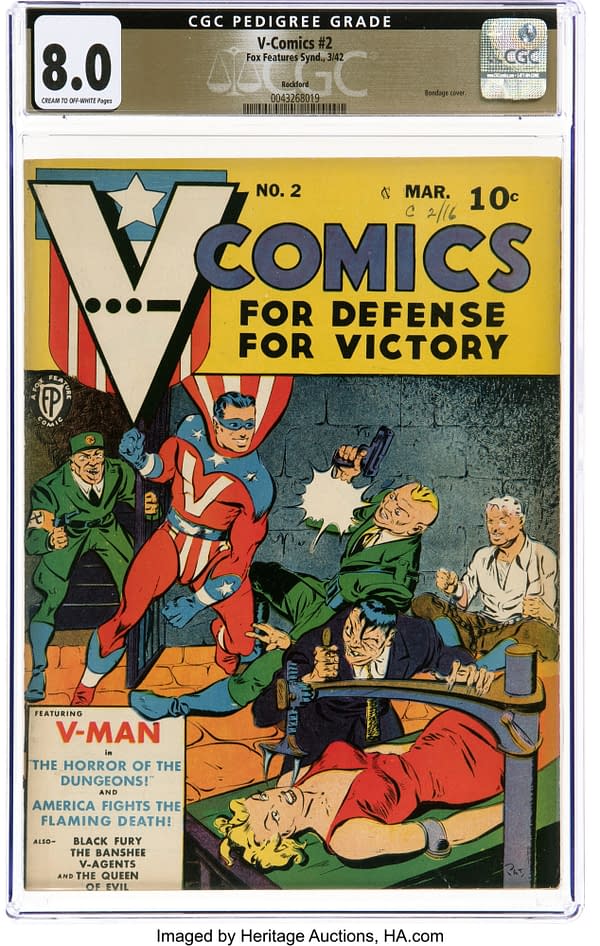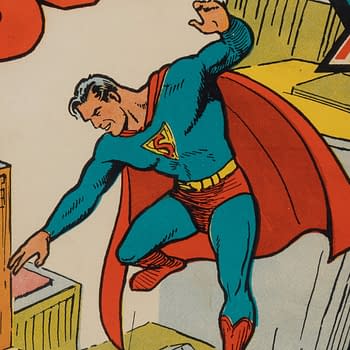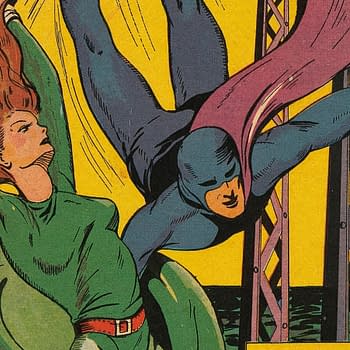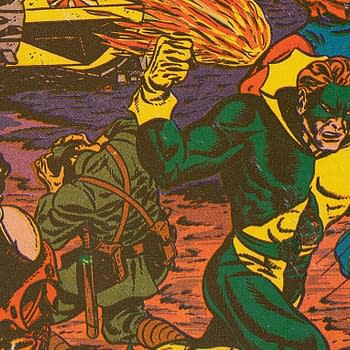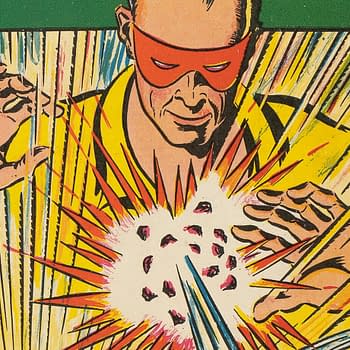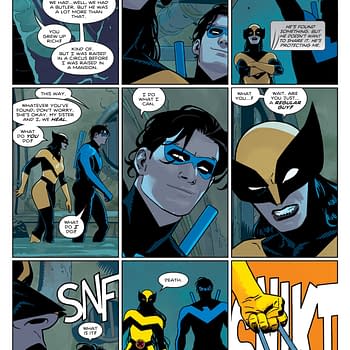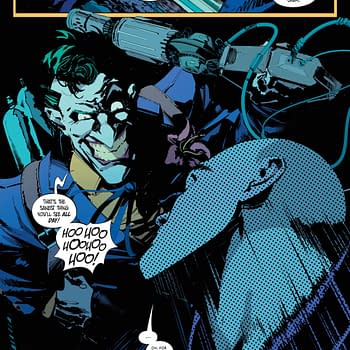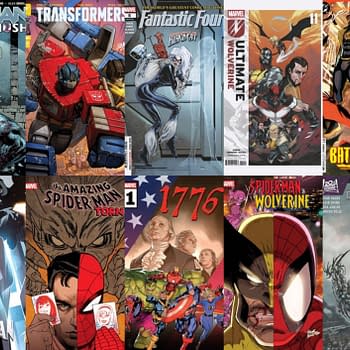Posted in: Comics, Heritage Sponsored, Vintage Paper | Tagged: Fox Feature Syndicate, golden age
The Fascinating History Behind V-Man in Fox's V-Comics, at Auction
V-Comics was inspired by the details of the legendary WWII British propaganda campaign that launched V for Victory symbolism in 1941.
Article Summary
- Explore the WWII origins of V-Man in Fox's V-Comics, inspired by British propaganda's V for Victory campaign.
- The V symbol, popularized by Winston Churchill, played a crucial role in V-Comics' logo and storyline.
- V-Comics' unique mix of espionage and superheroics stemmed from the V-Army legend and historical context.
- V-Comics #2 was halted by Fox's 1942 bankruptcy, contributing to its rarity and significance in comic history.
Even more than most other publishers, Victor Fox's business model was to jump on established trends started by other publishers early and often. Fox Feature Syndicate's V Comics was launched during a period when Fox had decided to go all in on patriotically-themed war titles. The Eagle was rebooted as a patriotic hero during this time, launched in his own series, and also given the cover feature of Weird Comics. The new character U.S. Jones was launched in Wonderworld Comics as the cover feature and quickly given his own series as well. For V-Man, Fox took the unusual step of introducing the character in his own title straight away, something the publisher had never done before that time, previously preferring to elevate established characters from his anthology titles to their own series instead. Not only that, but V-Man also became a backup in Blue Beetle, took Samson's place in Big 3, and even his own fan club kit and organization, the V-Boys Defense Corps. A brief-lived Fox patriotic hero, you can get the second highest graded copy (Rockford Pedigree) of the very tough V-Comics #2 up for auction in the 2024 August 1 – 2 Rarities of the Golden Age Comics Showcase Auction #40259 at Heritage Auctions.
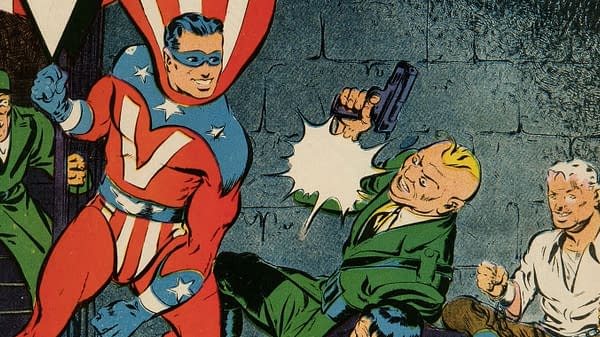
"V for Victory" is well-remembered symbolism from WWII, but that symbolism has fascinating origins which include details that were incorporated into V-Comics. The V symbol was originally the lynchpin of a British propaganda campaign launched by BBC assistant news editor Douglas Ritchie. Via regular radio broadcasts that began on July 20, 1941 and accompanying newspaper coverage around the globe, Ritchie assumed the identity "Colonel Britton", calling for the formation of what he called the "V-Army" among the citizens of territory occupied by the Nazis as well as everywhere in the world. The V-Army was called on to make the V symbol on walls, doors, and pavement everywhere in occupied territories as a symbol of a secret but massive resistance. Further, they were also to tap out the V sign in morse code — three dots and a dash — to embolden fellow resisters and strike fear into Germany. Finally, of course, raising two fingers of the hand to flash a V sign was also encouraged. This form of the V sign was further popularized with its use by Winston Churchill. Finally, the V-Army was asked to be ready to take more direct action. Colonel Britton's identity was kept a secret until he was revealed to be Ritchie in 1945.
V-Comics borrowed most of the elements of this campaign, including the use of the morse code V symbolism in the title's logo. The comic used the V-Army legend built up by Ritchie and put a layer of espionage and mystic superheroics on top of it. The secret leader of the "V-Group" as the comic sometimes calls it, is a Czech man named Father Duroc. An American pilot named Jerry Steele is captured by the Nazis during a mission behind enemy lines, put in a prison camp, and ultimately faces a firing squad. Left for dead by the Nazis, Steele is nursed back to life by Father Duroc via "strange drugs" who then performs a magical ceremony to transform Steele into V-Man, with "greater physical and mental power than other men have".
Unfortunately, like all Fox titles running during this era, V-Comics was interrupted by Victor Fox's Fox Publications, Inc. 1942 bankruptcy. In Fact, V-Comics #2 was the last Fox issue published prior to this bankruptcy. Fox went from averaging over six releases per month over the prior year, to two releases in December 1941, none in January 1942, and just V-Comics #2 on newsstands in February 1942. This likely helps to account for this issue's rarity. And like most Fox titles, it would not return when Fox resumed operations in 1944. Nevertheless, in an era during which patriotic superheroes became common, V-Comics deserves a lot of credit for having a unique take on the theme that was grounded in the history of the moment.
This copy of V-Comics #2 is from the Rockford Pedigree. A rare issue of an often overlooked Fox patriotic hero, you can get the second highest graded copy (Rockford Pedigree) of the very tough V-Comics #2 up for auction in the 2024 August 1 – 2 Rarities of the Golden Age Comics Showcase Auction #40259 at Heritage Auctions.
